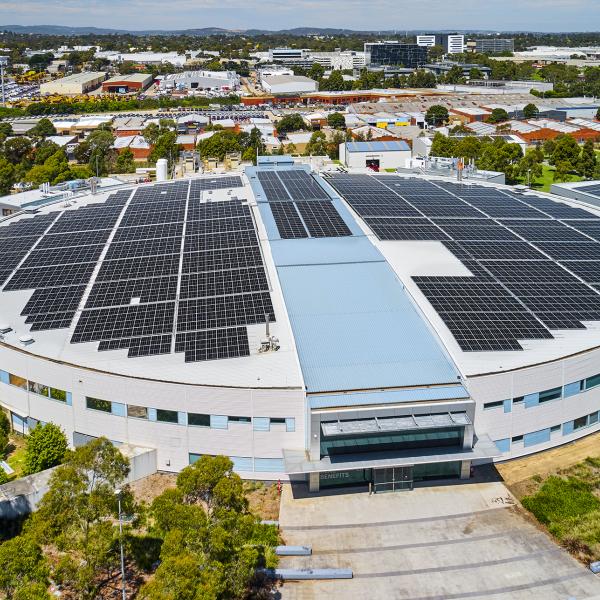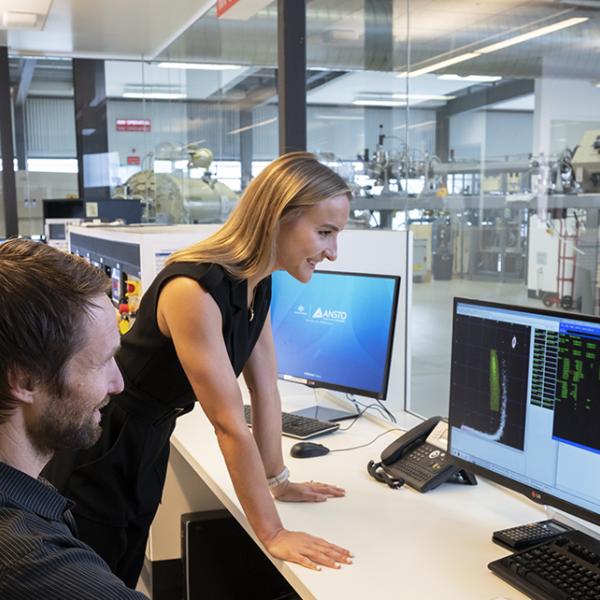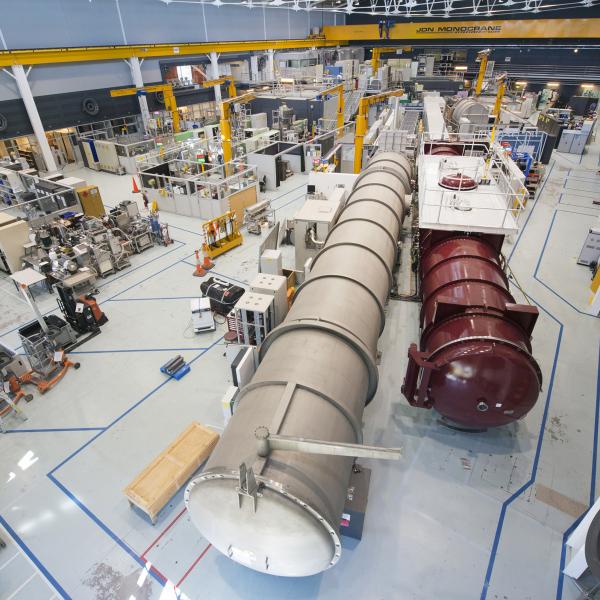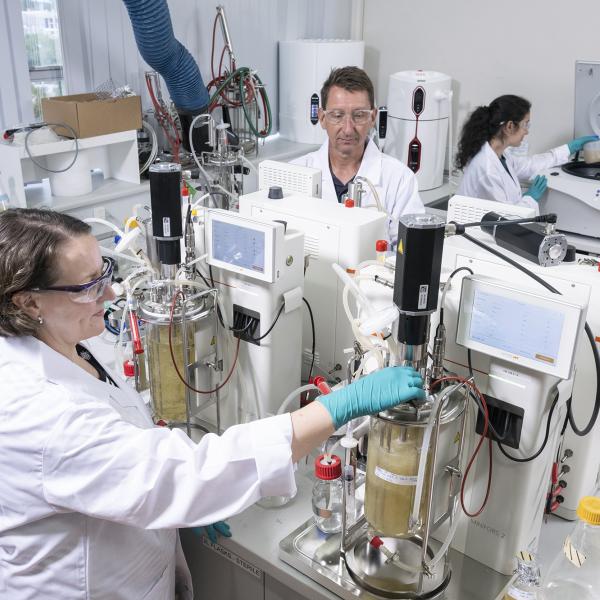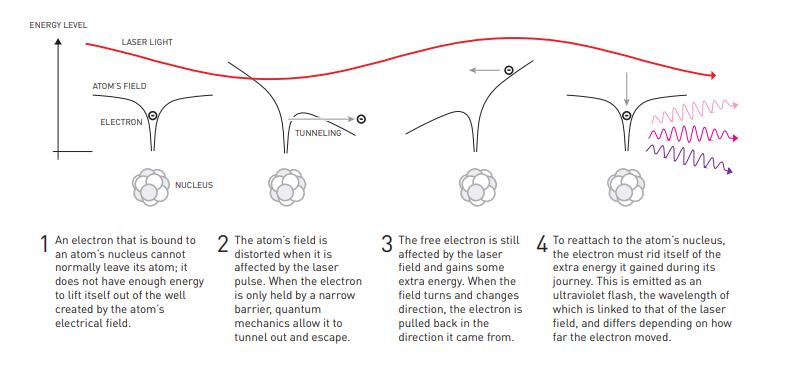
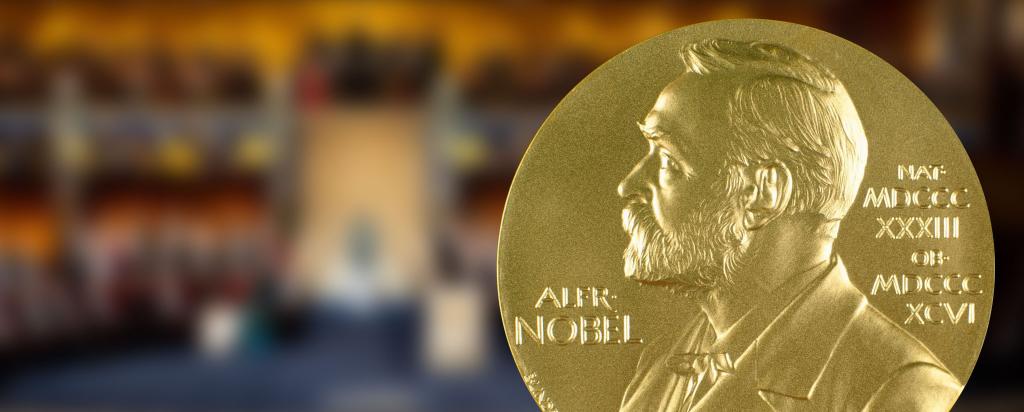
Published on the 6th October 2023 by ANSTO Staff
ANSTO scientists always await with interest the announcement of the Nobel Prizes® in physics, chemistry and medicine/physiology. This year there are some synergies with scientific activities at ANSTO, which are particularly relevant as they relate to gaining information about processes within molecules and atoms.
ANSTO undertakes studies of quantum effects, nanotechnologies and has supported research on the development of mRNA vaccine for COVID.
Light and sub-atomic particles are essential in the operation of the Australian Synchrotron, Centre for Accelerator Science and Australian Centre for Neutron Scattering.
Experiments with light capture the shortest of moments
Three Nobel Laureates in Physics 2023 are being recognised for their experiments, which have given humanity new tools for exploring the world of electrons inside atoms and molecules. Pierre Agostini, The Ohio State University, Columbus, USA, Ferenc Krausz Max Planck Institute of Quantum Optics, Garching and Ludwig-Maximilians-Universität München, Germany, and Anne L’Huillier Lund University, Sweden have demonstrated a way to create extremely short pulses of light that can be used to measure the rapid processes in which electrons move or change energy.
Their experiments have produced pulses of light so short that they are measured in attoseconds, demonstrating that these pulses can be used to provide images of processes inside atoms and molecules.

“They have developed laser technology capable of measuring electron behaviour over time periods as short a couple of hundred attoseconds (a million million millionths of a second). Electrons – the outer shell of atoms that make up most of the universe – move very fast. Trying to measure them using slow-pulse lasers is like trying to capture a lightning strike with your mobile phone camera.
“You are likely to be able to get information on the environment before and after the strike, but not the exact moment of interaction. This development gives scientists the ability to see what electrons are doing as they interact with the world around them, for example, during electron transfer between atoms.

“This has an important impact for understanding the chemistry needed in developing new, more efficient, and high-performing electronics materials, or to survey and understand changes in biological molecules caused by diseases,” said David Child, Acting Leader, Centre for Accelerator Science.
Laureates in chemistry planted an important seed for nanotechnology
The Royal Swedish Academy of Sciences has awarded the Nobel Prize in Chemistry 2023 to
Moungi G. Bawendi, Massachusetts Institute of Technology (MIT), Cambridge, MA, USA,
Louis E. Brus, Columbia University, New York, NY, USA and Alexei I. Ekimov, Nanocrystals Technology Inc., New York, NY, USA. for the discovery and synthesis of quantum dots.
Quantum dotsare nanoparticles so tiny that their size determines their properties. These smallest components of nanotechnology now spread their light from televisions and LED lamps, and can also guide surgeons when they remove tumour tissue, among many other things.
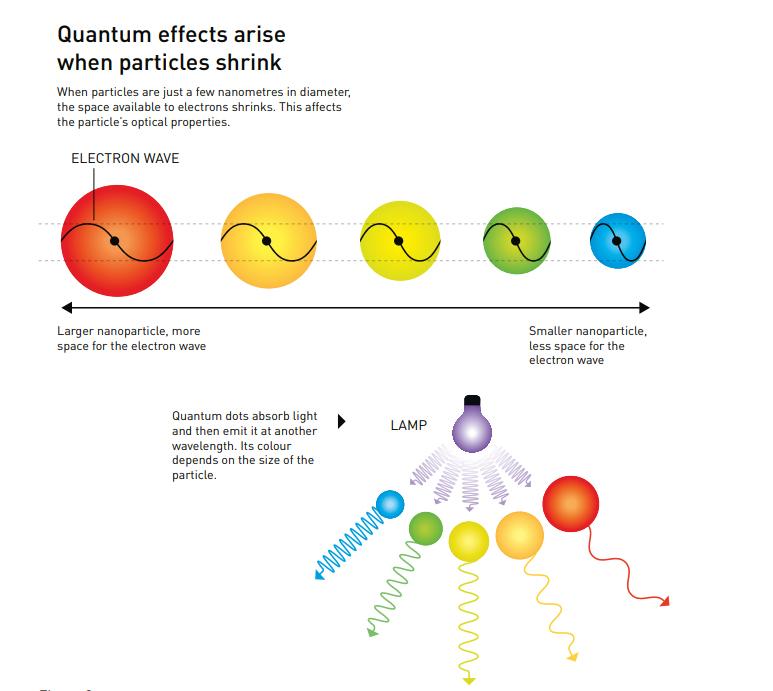
In the early 1980s, Louis Brus and Alexei Ekimov succeeded in creating – independently of each other – quantum dots, which are nanoparticles so tiny that quantum effects determine their characteristics. In 1993, Moungi Bawendi revolutionised the methods for
Manufacturing quantum dots, making their quality extremely high – a vital prerequisite for their use in today’s nanotechnology.
"The Nobel Prize in Chemistry for 2023 celebrates breakthrough discoveries in the field of quantum dots, which are ultra-small particles that can be used, amongst other things, to produce vivid colours in colloidal solutions via fluorescence. In the bigger picture, the work of Bawendi, Brus and Ekimov laid the groundwork for a new paradigm in chemistry and helped give birth to the nascent field of nanotechnology.
"Their work showed unequivocally that when it comes to nano-objects, size matters! It is remarkable that two particles, which have different sizes but otherwise identical local crystal structures, can produce drastic colours during fluorescence through quantum confinement effects of the electronic wavefunction.
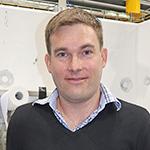
The ability to scale up the synthesis of these types of particles whilst retaining precise control over the particle size is also an inspiring feat of modern chemistry and key to applications in optical displays and biomedical imaging. This is a good demonstration of how clever chemistry can translate fundamental science from a raw discovery into something that impacts people’s everyday lives," said Dr David Cortie, Instrument Scientist at the Australian Centre for Neutron Scattering.
Discoveries concerning nucleoside base modifications that enabled the development of effective mRNA vaccines against COVID-19 awarded Nobel Prize in Medicine
The Nobel Assembly at the Karolinska Institutet has today decided to award the 2023 Nobel Prize in Physiology or Medicine jointly to Katalin Karikó, University of Szeged in Hungary and Adjunct Professor at the University of Pennsylvania (US) and Drew Weissman, Professor at the University of Pennsylvania for their discoveries concerning nucleoside base modifications that enabled the development of effective mRNA vaccines against COVID-19.
The discoveries by the two Nobel Laureates were critical for developing effective mRNA vaccines against COVID-19 during the pandemic that began in early 2020. Through their groundbreaking findings, which have fundamentally changed our understanding of how mRNA interacts with our immune system, the laureates contributed to the unprecedented rate of vaccine development during one of the greatest threats to human health in modern times.
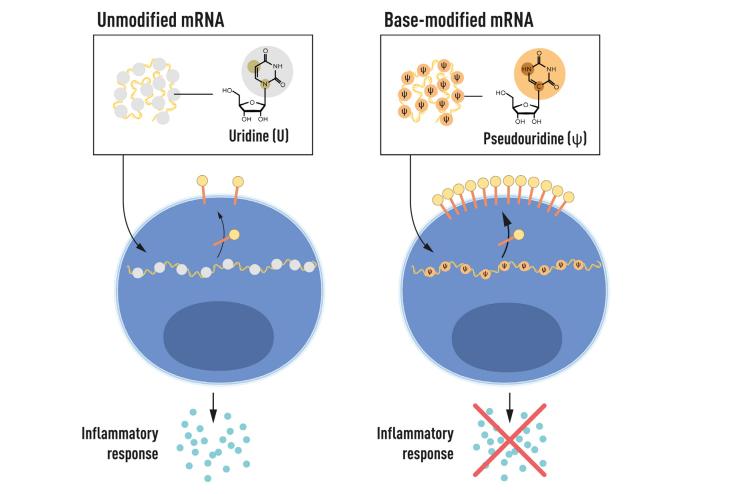
The development of in vitro transcription in the early 80’s was a crucial step that helped speed up the development of molecular biology. Whilst some areas took off in leaps and bounds, the use of mRNA for therapeutics or vaccines was stymied due to the inflammatory responses caused by in vitro transcribed mRNA as well as its relative instability.
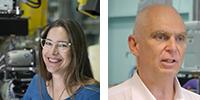
Synchrotron principal instrument scientists Dr Alan Riboldi-Tunnicliffe and Dr Rachel Williamson, who assisted COVID researchers with experiments using the MX1 and MX2 beamlines, provided some commentary on the significance of the research.
In the early 90’s, Katalin Karikó's research with Drew Weissman identified differences in immune responses to mRNA produced in mammalian cells compared to the ‘same’ mRNA produced by
"In vitro transcription methods. It became apparent that mammalian cells produce chemically modified nucleoside bases, these modified bases produced mRNAs which gave a much lower inflammatory response. This was groundbreaking research published in 2005. Karikó and Weissman continued their work on in vitro mRNA containing modified nucleoside bases to show an increase in protein production.
The SARS-CoV-2 pandemic and the need to ‘quickly’ produce a vaccine pushed research in this area, allowing several mRNA vaccines to be produced. The advent of the vaccine and its rapid rollout around the world saved millions of lives, and the immunity afforded by the vaccines allowed the world to return to ‘normal’ in a relatively short period of time.
The use of mRNA vaccines against infectious agents is now possible due to the overall flexibility and speed in generating new mRNA targets. The continuing development of this new technology is expected to be used in delivering therapeutic proteins for many diseases including some cancers. mRNA vaccines have already been developed to immunise against influenza, with preliminary data showing a similar (if not better) immunological response to traditional immunisation."
The content about the Nobel Prizes was sourced from the Nobel Prizes®website.
